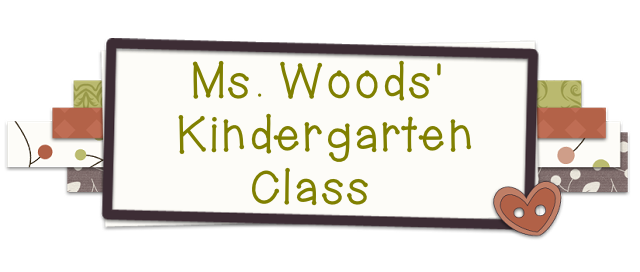Teen numbers are also important because they are the first introduction to place value and our base-ten number system. The biggest message I try to pass onto the kindergarteners is the understanding that a teen number is made up of one ten and some ones. For example, eleven is made up of 1 ten + 1 one. Fourteen is made up of 1 ten + 4 ones.
We explore the teen numbers in many ways throughout the kindergarten year, so that everyone develops a good sense of what a teen number is by the time they reach first grade. Here are some of our explorations!
Exploring what a teen number is
This was our introduction to really understanding that a teen number is made up of ten and some ones. The kids had their own boards that looked similar to this so they could portray the teen number in a more hands-on way.
Snowman Punch
Each set of snowmen displayed a teen number. The kids had to find the right number written next to the snowmen, and use a hole puncher to punch the right one! Let me tell you, learning to use the hole punch was way more challenging than finding the right teen number.
Teen Number Match Up
Each kindergartener was given a teen number, represented either in digits or ten frames. They then had to roam around and find their partner who had the same number.
Teen Number Dance
This is one of my all-time favorite math games. After putting all the chairs in a circle, I turn on the wordless version of some terrible pop song that is really fun to dance to, and we dance around until the music stops. When the music stops, the kids have to race to a chair and begin counting out the number of pennies written on the piggy bank above. You've never seen a group of kids so motivated to count!
This month we are delving into decomposing numbers - particularly the all-important number 10!













































